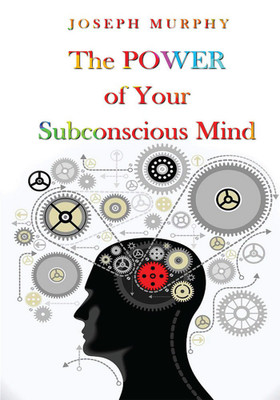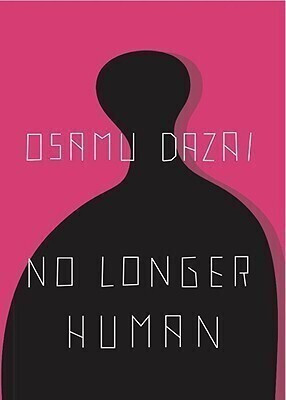
The Positive Background of Hindu Sociology Volume 1 (English, Paperback, Sarkar Benoy Kumar)
Price: Not Available
Currently Unavailable
Highlights
- Language: English
- Binding: Paperback
- Publisher: Theclassics.Us
- ISBN: 9781230279015, 1230279016
- Edition: 2013
- Pages: 174
Description
This historic book may have numerous typos and missing text. Purchasers can usually download a free scanned copy of the original book (without typos) from the publisher. Not indexed. Not illustrated. 1914 edition. Excerpt: ... CHAPTER V. THE DATA OF ANCIENT INDIAN BOTANY. Section i. Sukrattiti an a source of Botanical Information. In Sukraniti references to plants and plant-life fall into three classes: 1. The Nitisaslra being the architectonic or dominant science, whatever has any influence on human and social life must be discussed in it. Treatment of botanical topics thus has a very natural place in Sukraniti. In Hindu literature there is the tradition of Varahamihira, the scientist of the 6th century A.D., having treated of more than a thousand phenomena of Nature as affecting the well-being of humanity in his celebrated treatise, Brihat Samhita. 2. The flora of a locality as well as the Botanical ideas obtaining in any epoch cannot but leave their mark on the literary activities of a people. The casual references of authors to vegetation, the features or habits of plants, and their uses in social life are some of the internal evidences which may be interpreted as telling the story of the author's range of experiences. Like the Data of ancient Indian Mineralogy and Geography, the Data of ancient Indian Botany that may be culled from a study of the flora in Sukraniti would thus furnish important clues to the home and surroundings as well as the epoch in which the authors of the Sukra cycle flourished. For in the first place, types of flora vary from province to province, and secondly, the knowledge about plant-life changes from epoch to epoch. The Botanical references in Sukraniti, therefore, must carry with them the ' spirit' of both Space and Time. 3. The authors of the Sukra cycle have not treated of plants as plants, but as substances having a direct or indirect bearing on the social, economic and political topics that concern them mainly. The treatment...
Read More
Specifications
Book Details
| Imprint |
|
| Publication Year |
|
| Table of Contents |
|
Dimensions
| Width |
|
| Height |
|
| Length |
|
| Weight |
|
Be the first to ask about this product
Safe and Secure Payments.Easy returns.100% Authentic products.
Back to top




